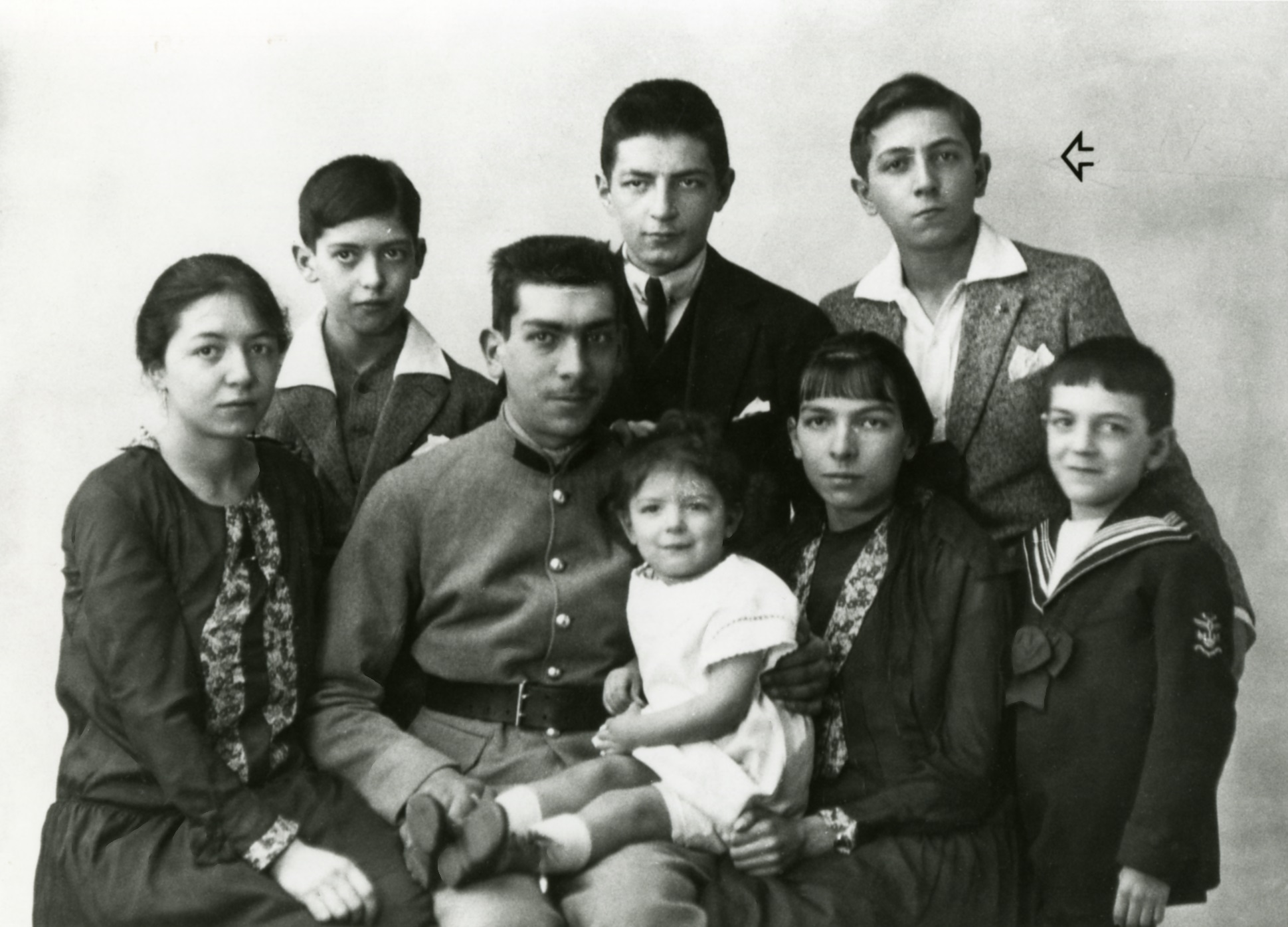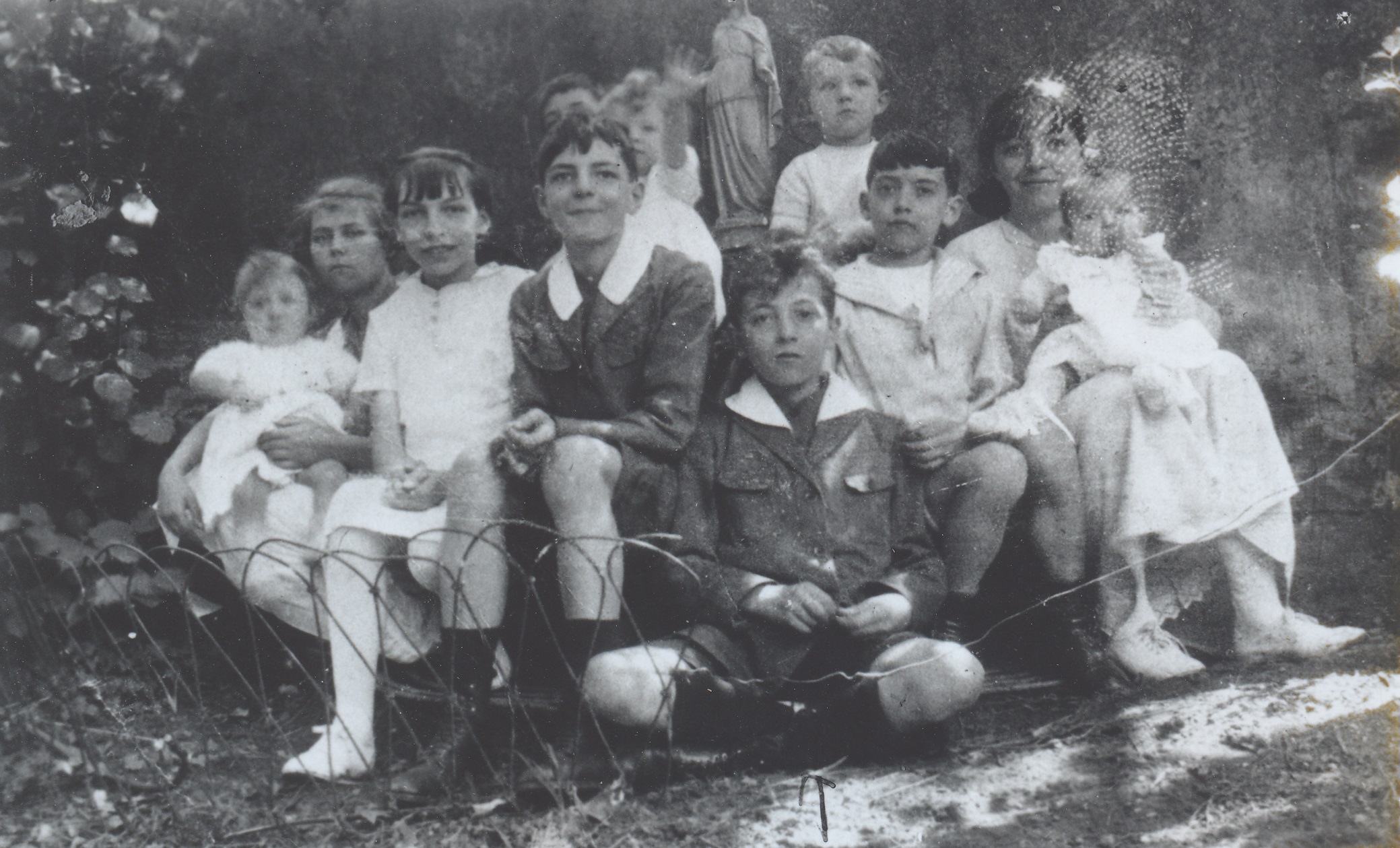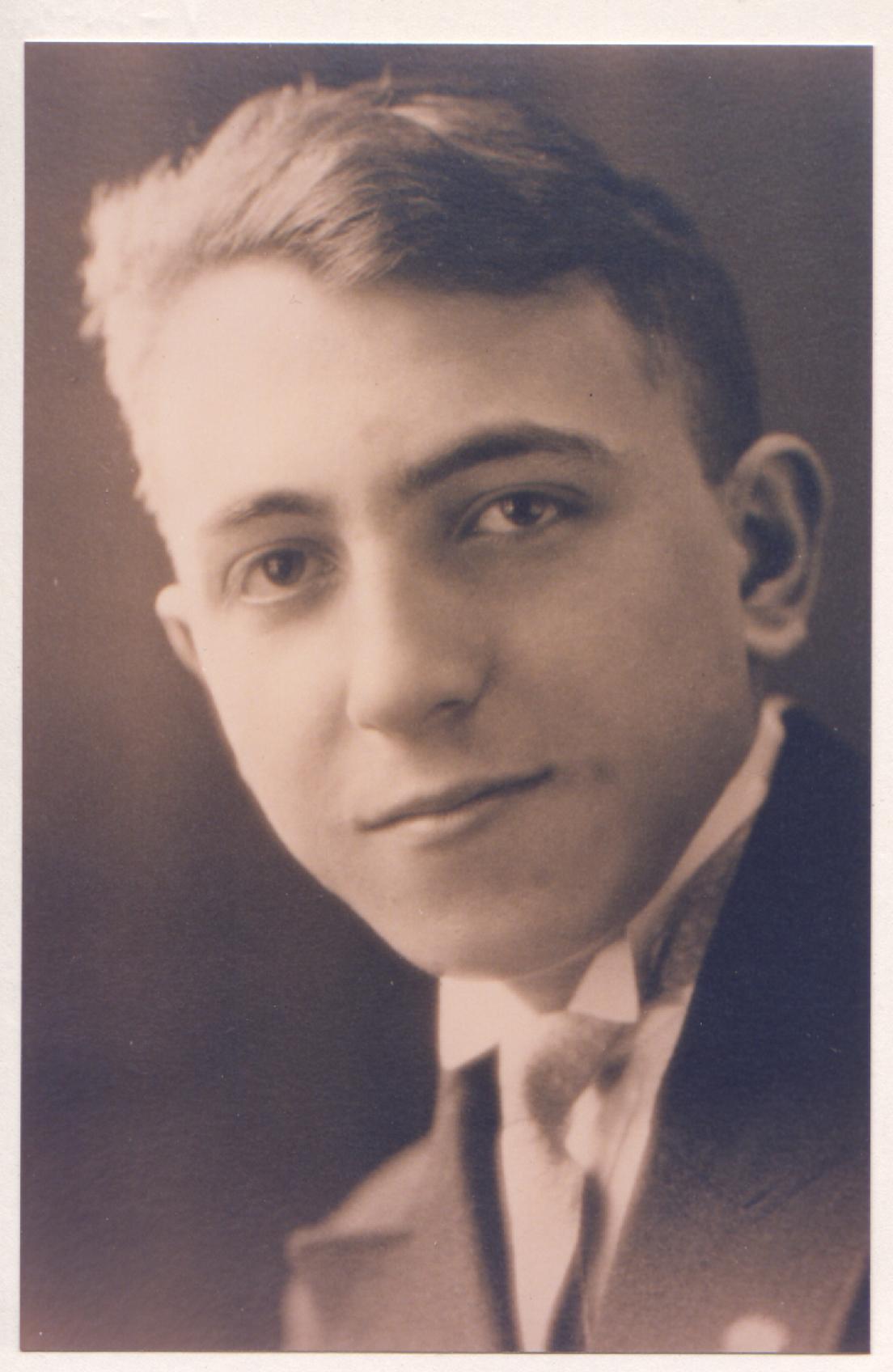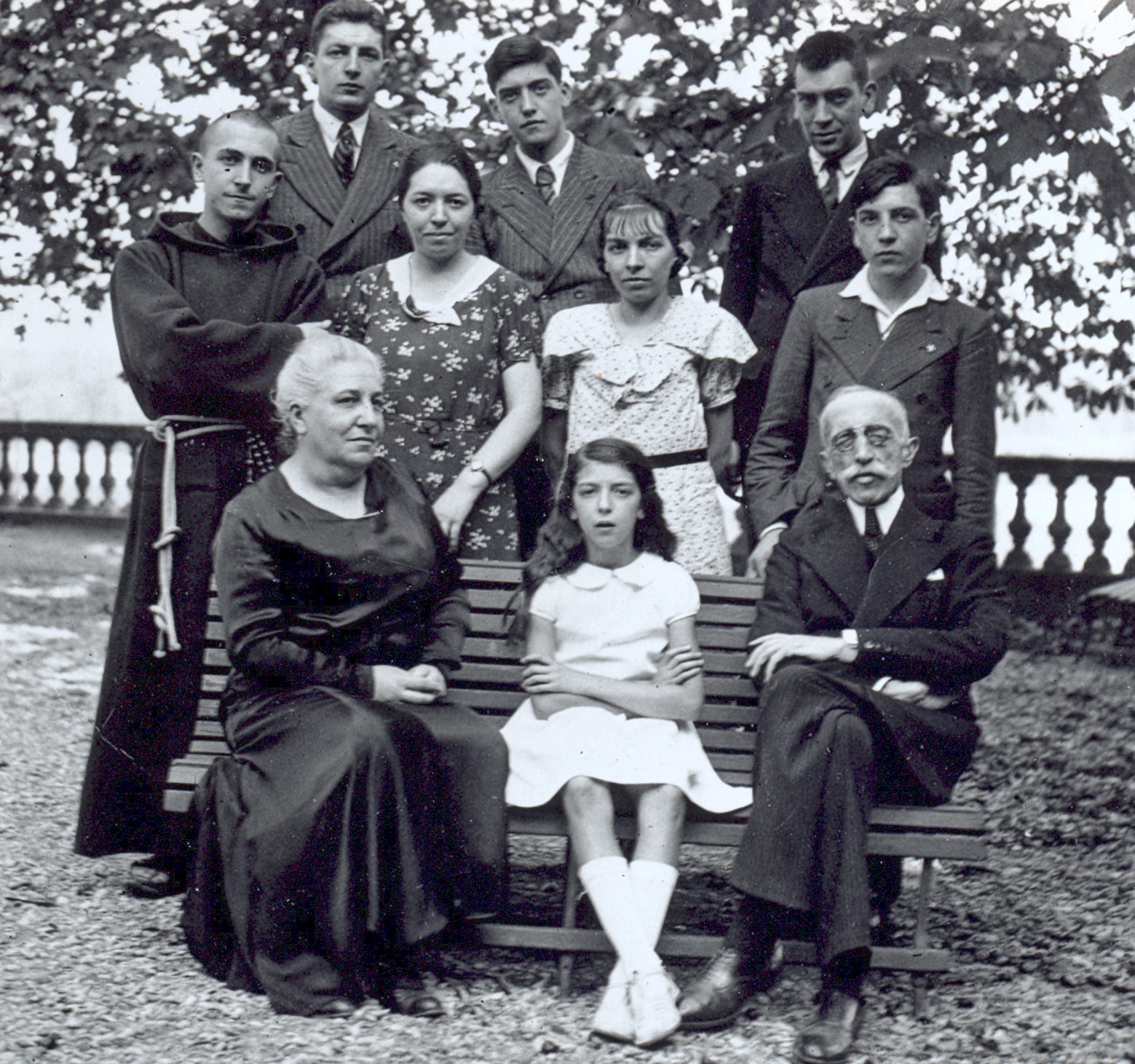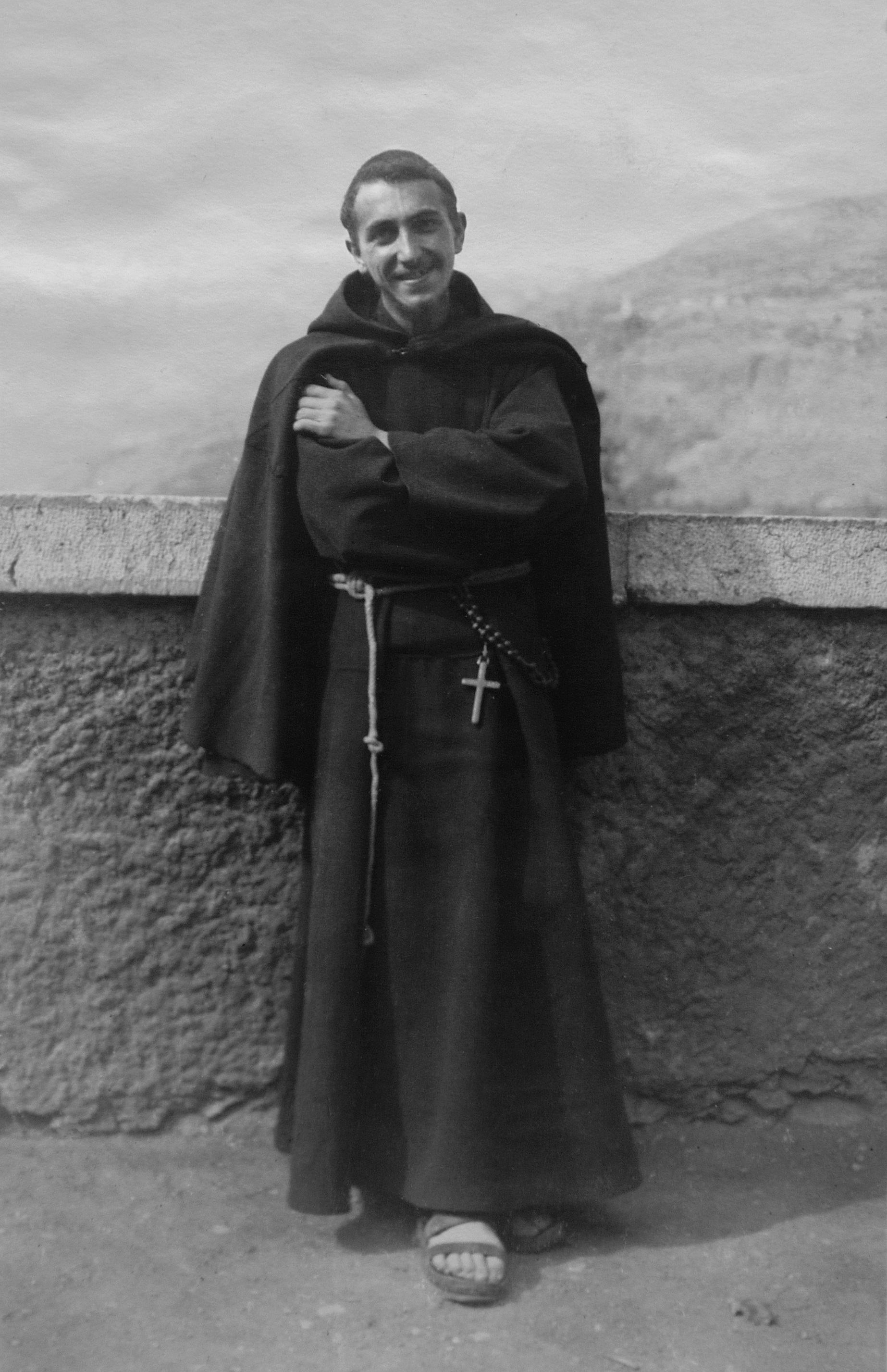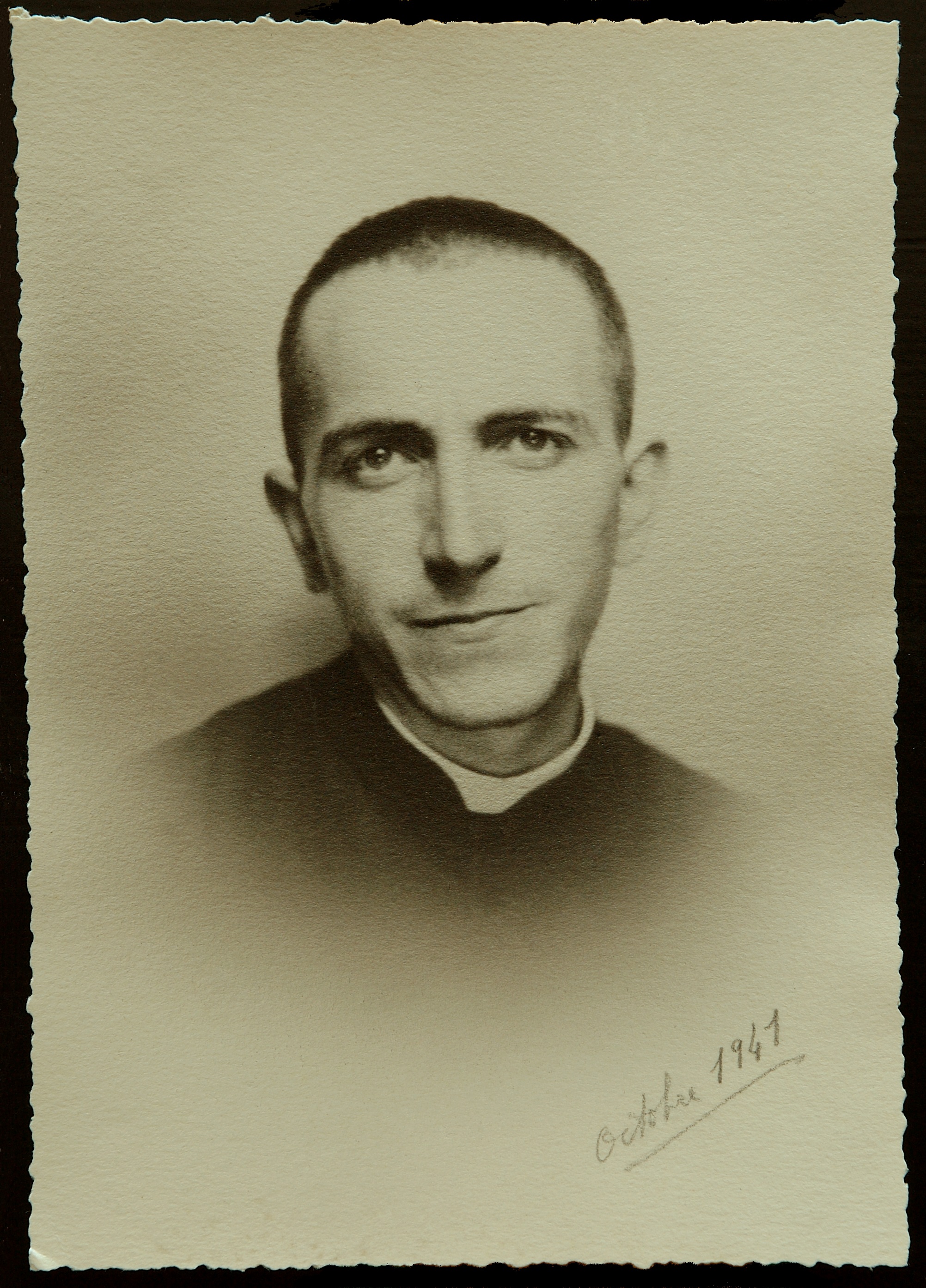Youth and education (1912-1941)
Throughout his youth, Abbé Pierre was discovering his calling, first within the family, then in the scouts, before entering the Catholic Church.
Henri Grouès was born on 5 August 1912 in Lyon to an upper middle-class, Catholic family. He was the fifth of eight children. His father, Antoine, was Director of the Rhône Foundries. He was involved in the work of many organisations, in particular the Hospitaliers-Veilleurs, a charitable organisation in Lyon.
At the age of 12, Henri Grouès found out that every Sunday morning, his father would shave and cut the hair of around fifty homeless men, and serve them breakfast. He was known as the “paupers’ barber”.
Henri’s childhood was very much influenced by solidarity and religion, and in 1925, when he was 13 years old, he joined the scouts. The scouting movement had a huge influence on his formative years and adult life and his interest in the scouting movement was to remain throughout his life. It was there that he earned the nickname the “contemplative beaver”.
Henri Grouès studied with the Jesuits at the St Joseph boarding school in Lyon, from 1921 until 1930. In 1927 he went on a school trip to Rome. On the way back, he had a revelation when they stopped off in Assisi. The following year, he read about the life of Saint Francis of Assisi, whose ascetic lifestyle would guide him in his vocation. From then onwards, he would read and pray a great deal.
He was unsure, however, of what path to take. Should he “head out into the desert so he could devote all his attention to Jesus” and live a life of reflection? Or should he fight “as an activist on enemy ground, battling with all his might”?
At first he chose reflection and decided to enter the order of the Capuchins, the most austere branch of the Franciscans. On 21 November 1931, when he was still only 19, he joined the Notre-Dame-de-Bon-Secours monastery in Saint-Etienne. He was later named brother Philippe and joined the monastery of Crest in the Drôme. He spent seven years studying and took his vows on 3 January 1937. He was ordained a priest on 24 August 1938.
This experience was one of “true inner happiness” for him and provided invaluable preparation for his later life as an out-of-the-ordinary priest. However, he found this life very hard due to the loneliness and the harsh living conditions that put a strain on his long-standing poor health. On finding monastery life increasingly hard to cope with, he was given permission to leave the Capuchin order in April 1939. The bishop of Grenoble agreed to admit him and ordained him assistant priest of the St Joseph basilica.
When the Second World War broke out in September 1939, he was drafted as a non-commissioned officer. Hospitalised from January to July, he was demobilised on 31 August 1940. His bishop then made him hospital chaplain in La Mure (Isère) in September 1940, then priest in charge of religious instruction at a public orphanage in Côte-Saint-André in January 1942 and later assistant priest of the cathedral of Grenoble from 15 July 1942 until the end of 1943. Navy chaplain from mid-1944 to the end of 1945, he remained first and foremost a priest up until the end of his life.
